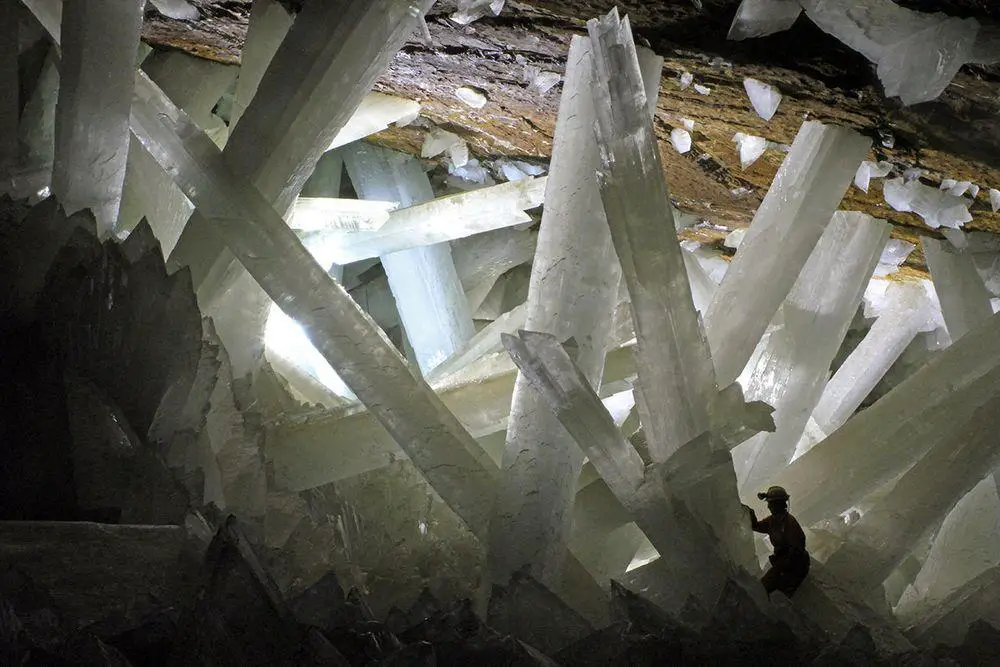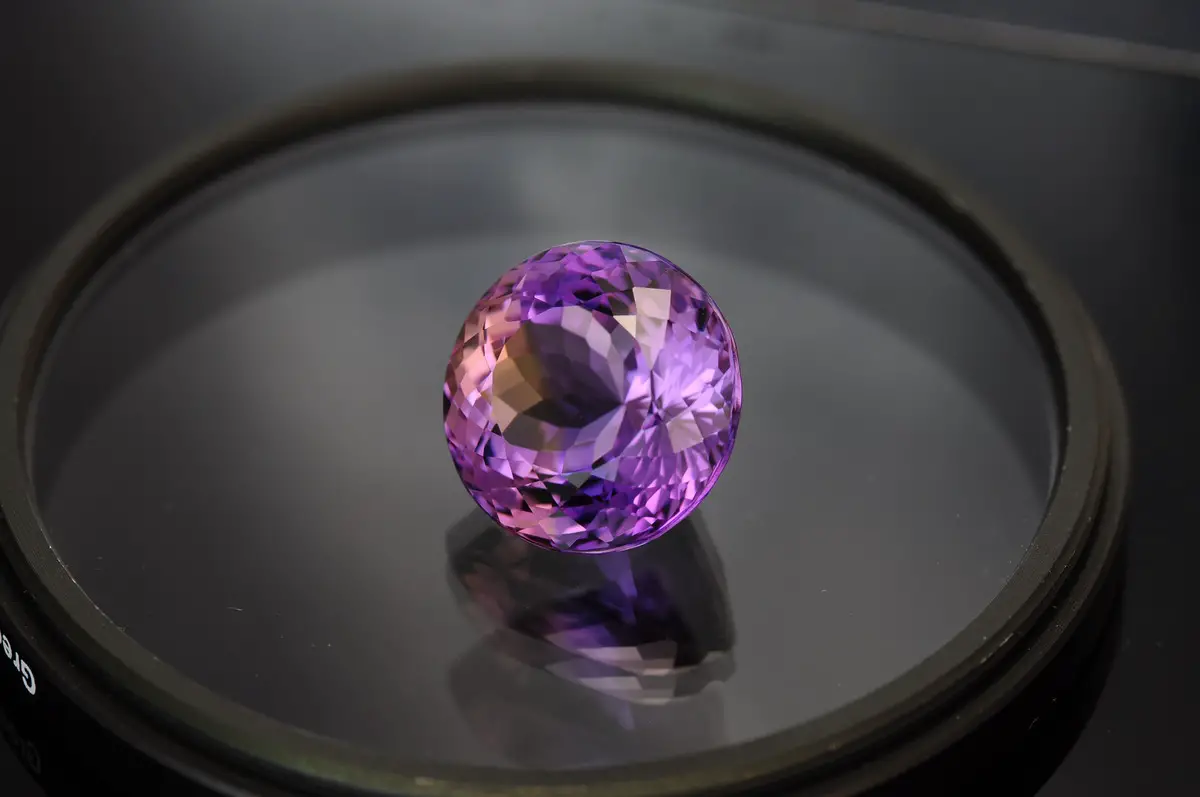World 🢖 Asia 🢖 Russia 🢖 Sakha Republic
Gemstone finds 🢔 Rare natural materials 🢔 Geological wonders 🢔 Categories of wonders
Wonder
Sireneviy Kamen – the only find of charoite
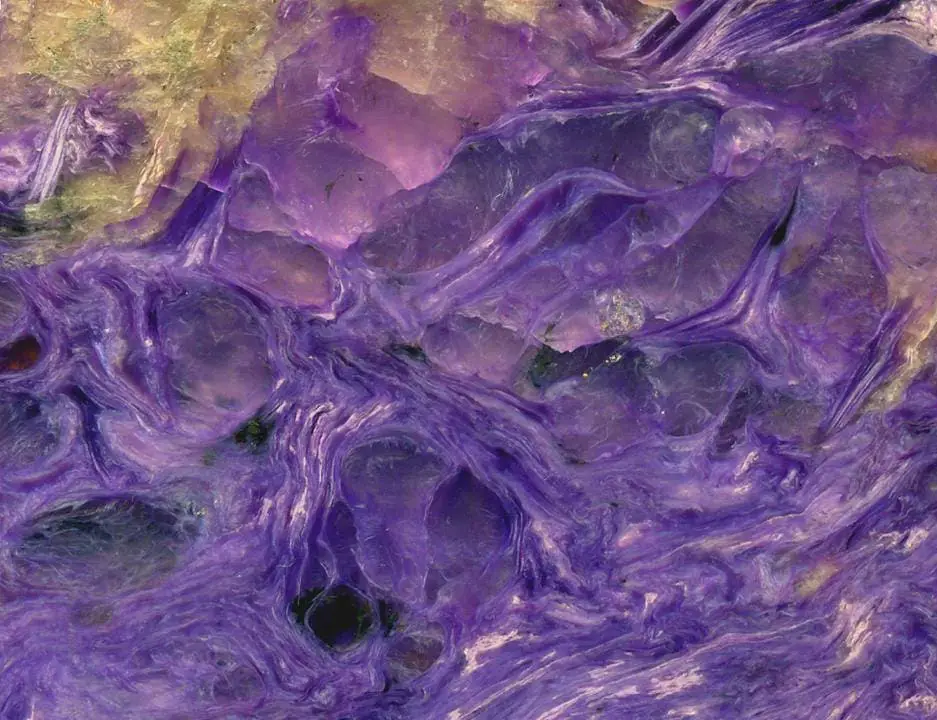
 In short
In short
The vast expanses of Siberia hold many secrets and surprises. One of them is a find of very unusual, beautiful mineral – charoite. Only in the 1970ies, the beauty of this stone was noticed. Now it is known worldwide but up to this day, there is known only one place where it can be found – Sireneviy Kamen.
 27.3%
27.3%
GPS coordinates
Location, address
Name in Russian
Alternate names
Gemstones
Map of the site
If you see this after your page is loaded completely, leafletJS files are missing.
 In detail
In detail
Legendary geologists
Geologists in Russia have been very special people. Nobody else has crisscrossed the incredibly large area of this country, nobody else knows as much about nature’s secrets here. In the eyes of many common people, geologists are somewhat different – they seem to be away from the political turmoil and hypocrisy, leading to intellectually rewarding and at the same time – physically demanding life far away from civilization. Of course, the reality often is different – but such legends may have some truth in them. Discoverers of charoite: Vladimir Ditmar, Vera Rogova, and Yury Rogov are some of such legendary geologists.
Vladimir Ditmar
The first known person to see charoite was Vladimir Ditmar – an outstanding, adventurous geologist who managed to fill in quite a few white spots on the map of Siberia and the Far East. He and his team researched the Murun massif and in 1948 Ditmar noticed the unusual color of some stones in the bed of one stream – now called the Ditmar stream. He did not have a possibility to research it and just mentioned it as a “cummingtonite slate”.
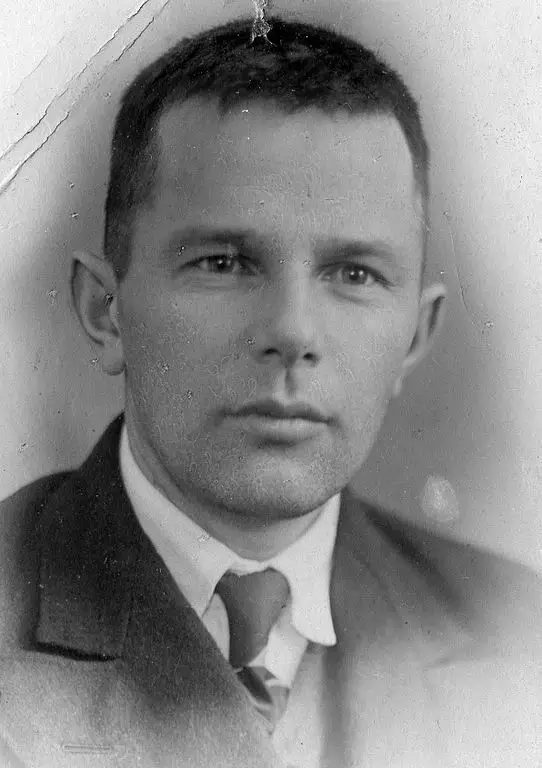
Before this local people did not notice this unusual stone. They visited the hills only in wintertime. The weathered surface of charoite is not attractive – it looks just like one more common rock.
Vera Rogova and Yury Rogov
For a while, the unusual rocks were forgotten. But in 1960 geologists led by Yury Rogov returned to this area. Once Yuri decided to look at the old shack of Ditmar – and found an unusual stone next to it. He chipped off a piece of this stone to bring it back to his wife – mineralogist Vera Rogova.
Vera immediately noticed a yellow mineral in this sample and correctly determined that this is a new mineral to the science – later it was named tinaksite. But the most attractive feature of this stone was another mineral in gaudy lavender color – a very rare hue in mineralogy. Geologists at first could not believe that such an attractive feature could be something new.
Work in the exciting Murun massif continued and geologists made one important discovery after another. Nearby they found rich ores of uranium and other valuable materials, mineralogists discovered new minerals.
Only in 1973, some gemmologists noticed the outstanding properties of lavender-colored stones, and there appeared first artworks made from it. Serious research started and in 1977 scientific community approved the new mineral, which was named: charoite. Vera Rogova gave this name after the nearby river Chara… but she did not forget about the other meaning of this word. In Russian “chara” means charm, wonder.
Murun massif
The whole Murun massif is a unique natural monument with a very complex geological situation and numerous unique and very rare minerals and rocks. In this area are found some 200 diverse minerals, many of them rare and even unique to this area. Only here are found such minerals as tinaksite, charoite, tokkoite, frankamenite, and murunskite. This remote location is like a paradise for collectors of minerals and gems.
The genesis of this unique geological monument is not entirely clear. It is known that this is a contact of syenite and limestone deposits. The unusually high content of calcium, as well as barium, strontium, zirconium, and other elements, led to extreme mineralogical diversity.
Charoite
Charoite is found in an area of some 10 – 12 km2 along the southern margin of the Little Murun intrusion – an especially interesting part of the Murun massif. It has not been found anywhere else on our planet.
This mineral is translucent and massive – thus it is not exactly gemstone. But it has a very unusual, bright lavender-purple color and pearly luster – charoite looks almost like an artificial, visually enhanced material. Also – the stone is quite hardy. Thus it can serve as exclusive material for jewelry, as well as for small utensils – such as cups, bowls, frames, and cases.
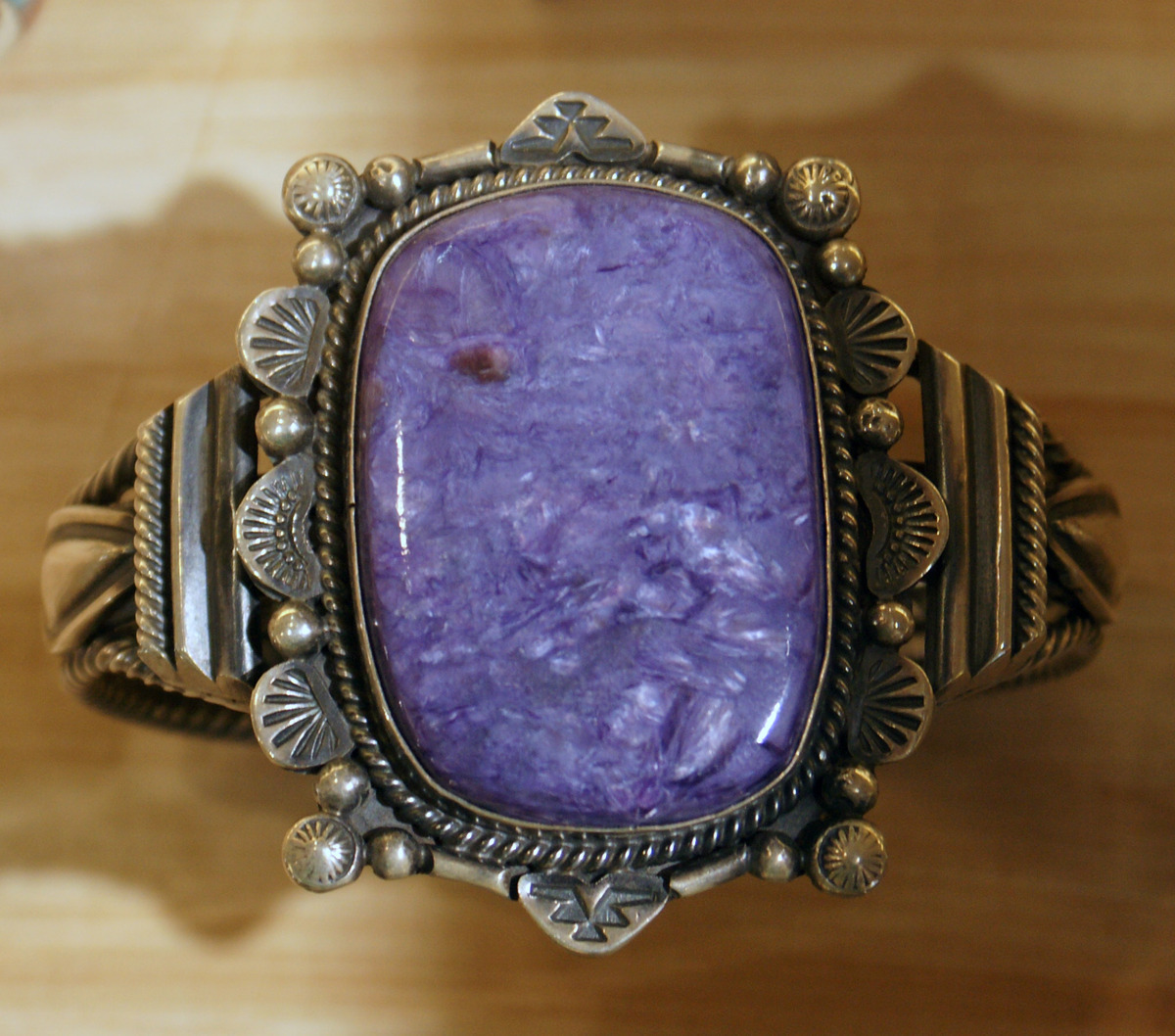
Chemical composition of charoite is quite complex and its research took several years. There are different ways to represent it, and one is:
(K,Sr)15-16(Ca,Na)32[Si6O11(O,OH)6]2[Si12O18(O,OH)12]2[Si17O25(O,OH)18]2(OH,F)4 · ~3H2O
Mining
Mining charoite is quite hard work. It is nearly impossible to transport heavy machinery to this far away location, where some 1000 km needs to be made without any proper roads, reaching the height of 1.5 km above sea level. The sturdy rock cannot be blown up – this would damage the unique mine forever. Thus the stone is mined carefully and rather slowly by other methods, involving much handwork.
The known stock of charoite in this area is more than 100 000 tons. The Sakha Republic has limited the mining of charoite to 100 tons per year – thus the mines will be used for a long time and the mined material would be used carefully, for high-value items. On the side of Irkutsk Oblast charoite currently is not mined. The price of raw charoite is around 30 – 700 USD per kg, especially valuable is the charoite which was mined in the 1970ies.
It is highly possible that there is produced fake charoite as well.
References
- Рогова Вера, История открытия чароита и других минералов, Petrographica.ru. 7 November 2010. Page accessed in the 28th November 2018.
- Images of the mining process and the mine, 11th September 2010. Page accessed in the 28th November 2018.
Sireneviy Kamen is included in the following articles:
 Linked articles
Linked articles
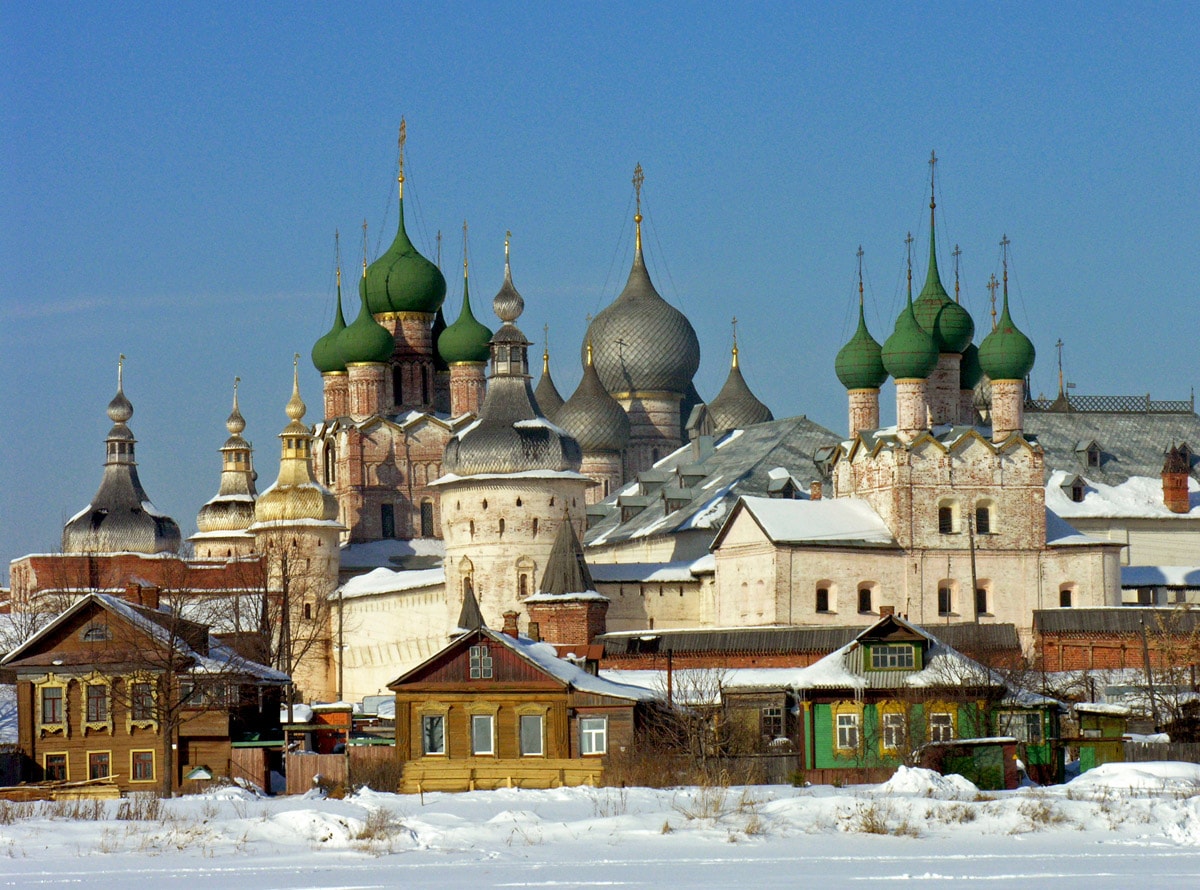
Wonders of Russia
The largest country in the world, Russia, is associated in the minds of many people with the onion domes of Orthodox churches and the massive walls of the Moscow Kremlin. But besides the unique architecture, Russia offers many more unusual and exciting attractions.
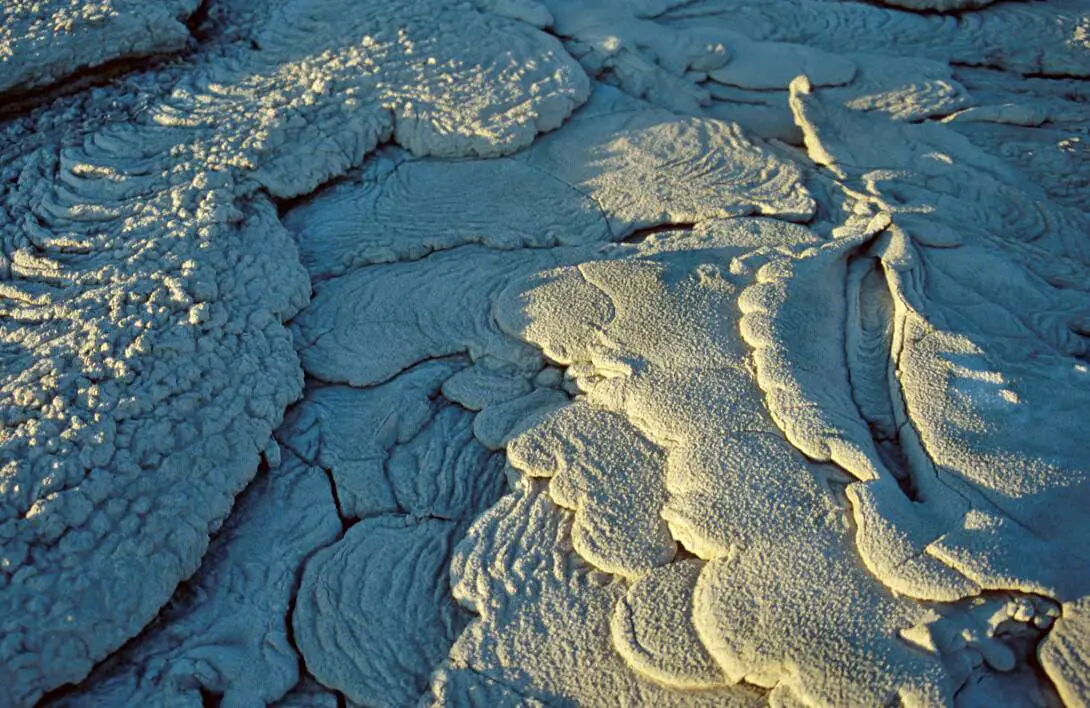
Rare natural materials
There are places in the world, where one can find such materials which are not present anywhere else on Earth – or can be found just in a few places. These wonders are included in the category of rare natural materials.
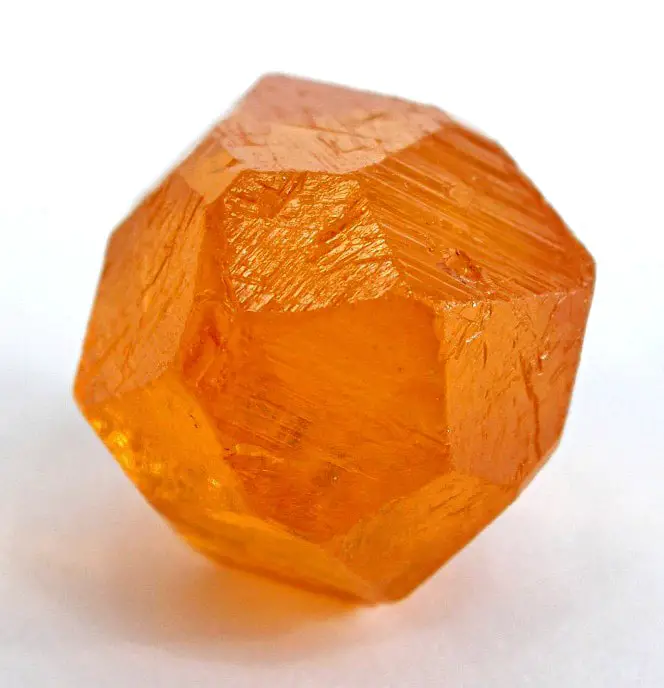
Gemstone finds
Gemstone finds are locations where are found rare and beautiful stones which that can be used for jewelry and have high market value.
Many finds of gemstones, such as jadeite mines in Guatemala or Sar i Sang lapis lazuli mines in Afghanistan – have been used for millennia and are legendary places.
 Recommended books
Recommended books
Rocks, Minerals & Gems
In Rocks, Minerals, and Gems, readers will learn about hundreds of rocks, minerals, crystals, and gems that were forged by the most powerful events in prehistory. Explore what specimens look like and how they’re used today–readers can use the information to identify rocks and minerals themselves and open up a spectacular new world.

